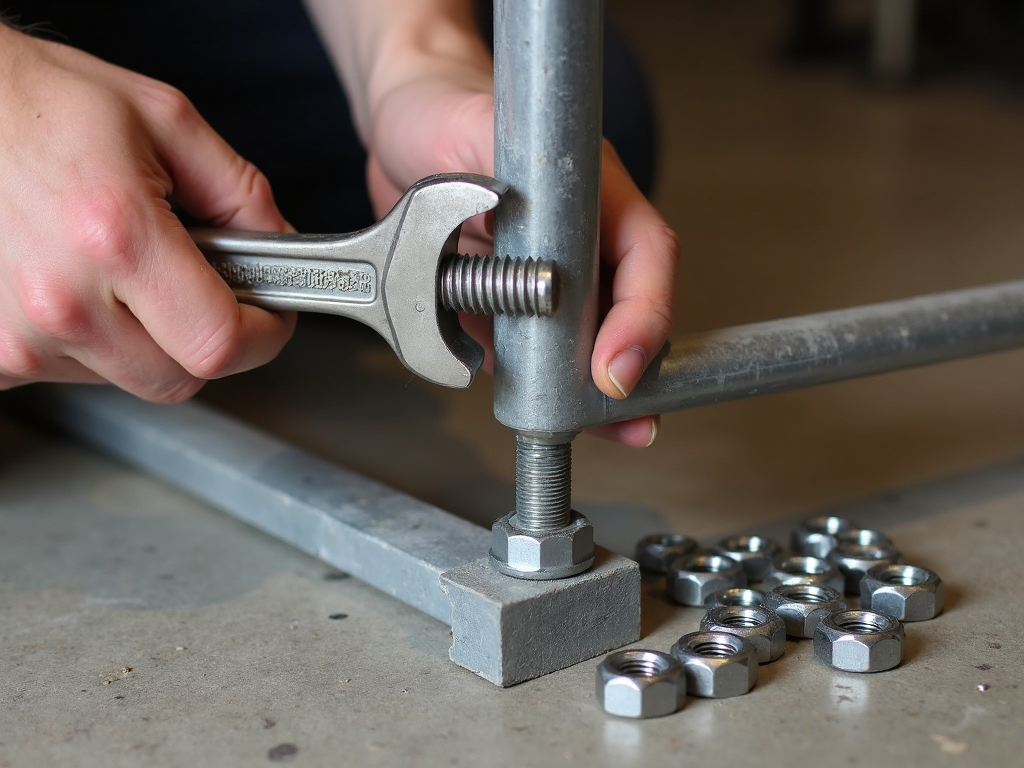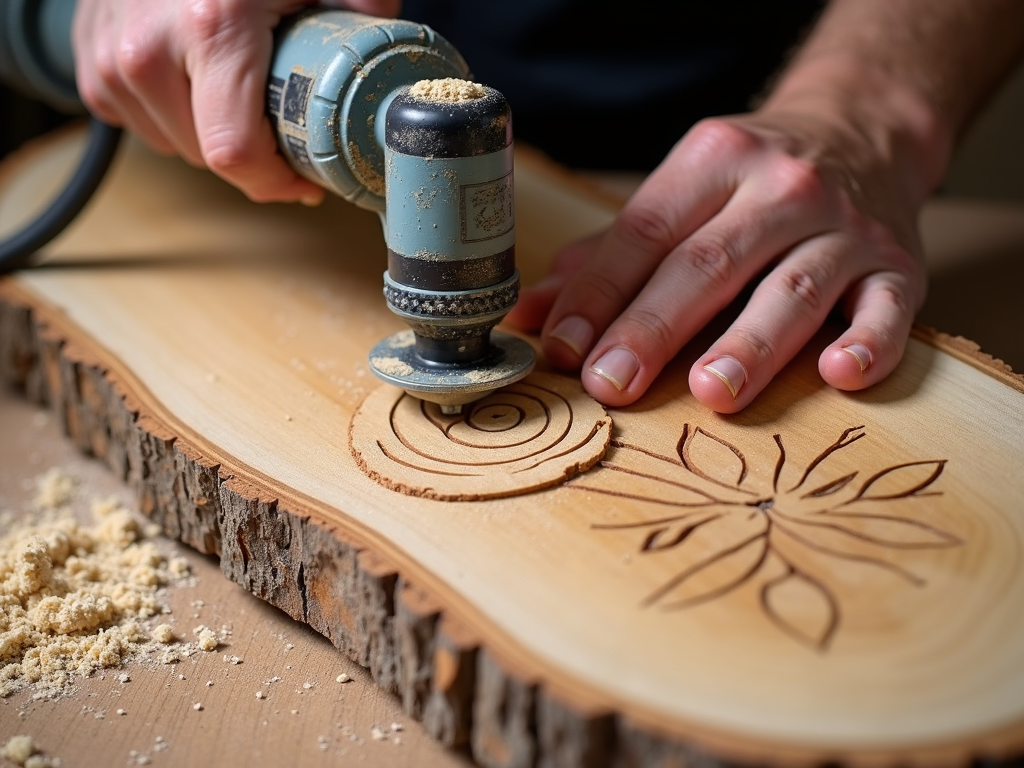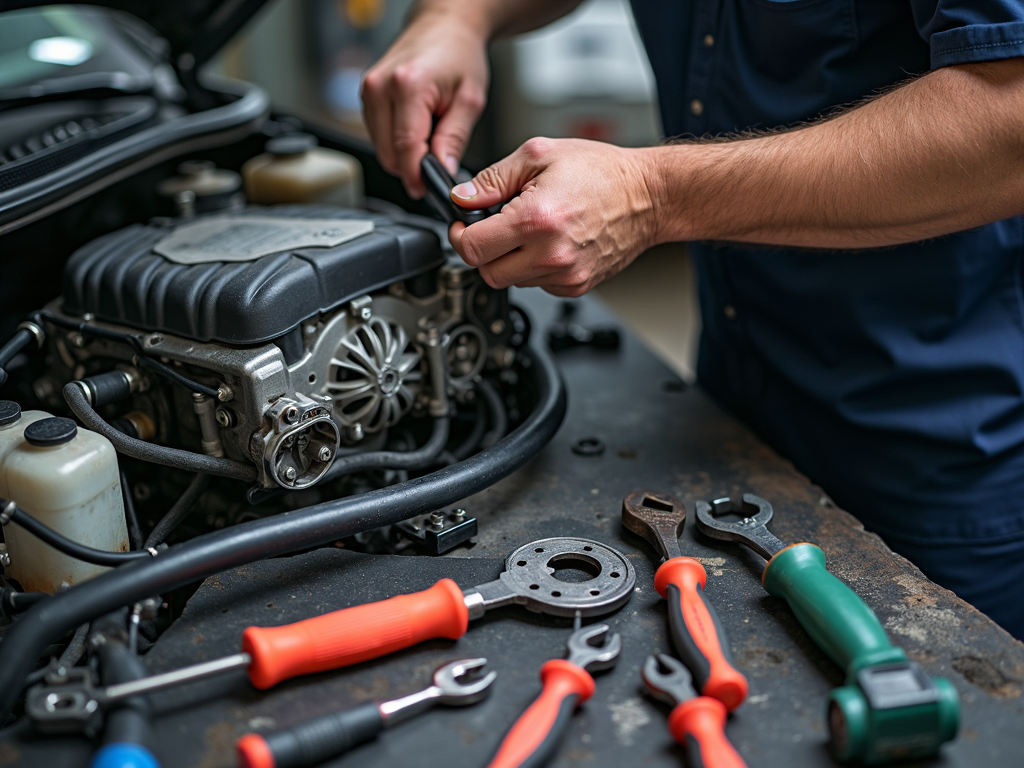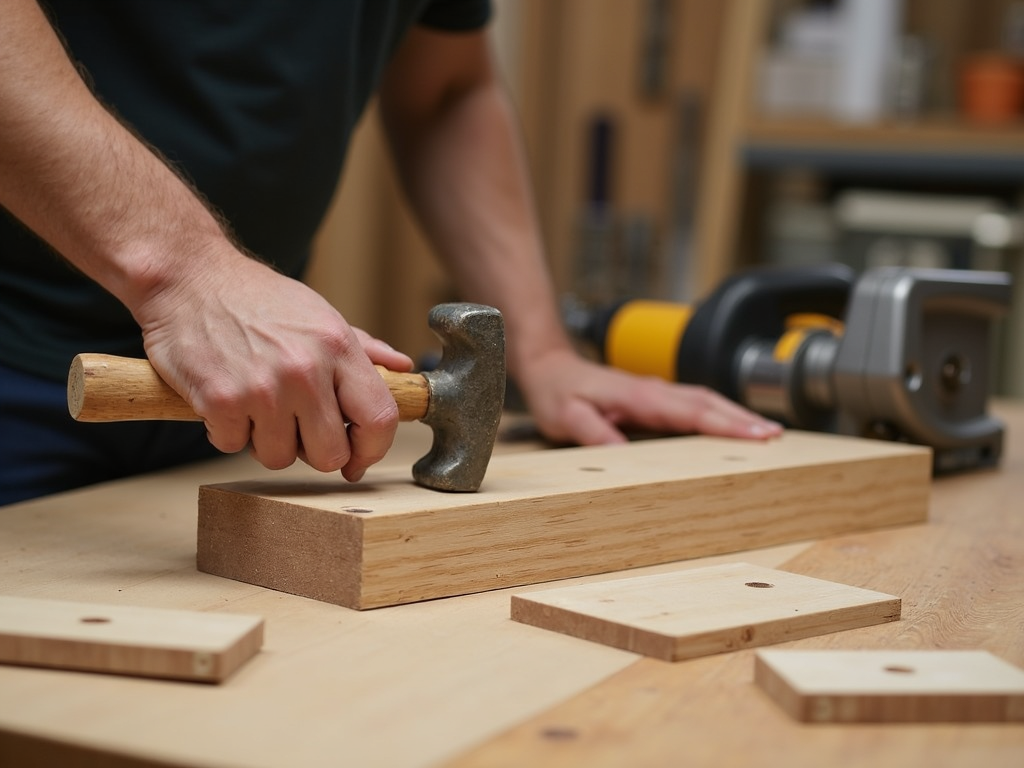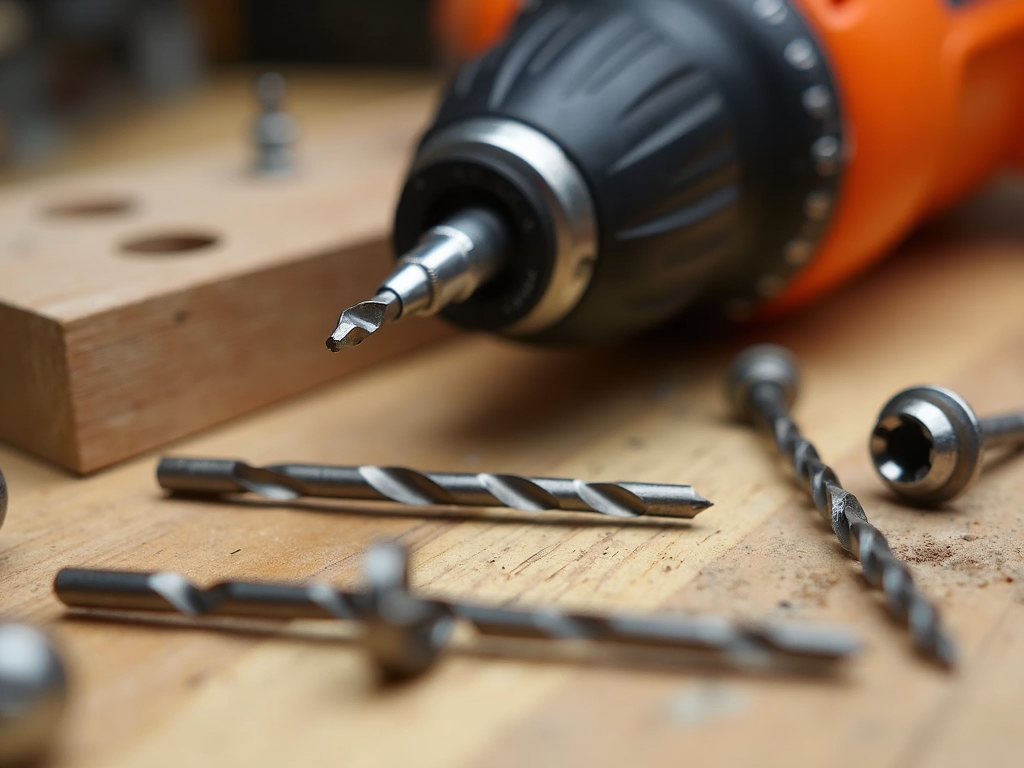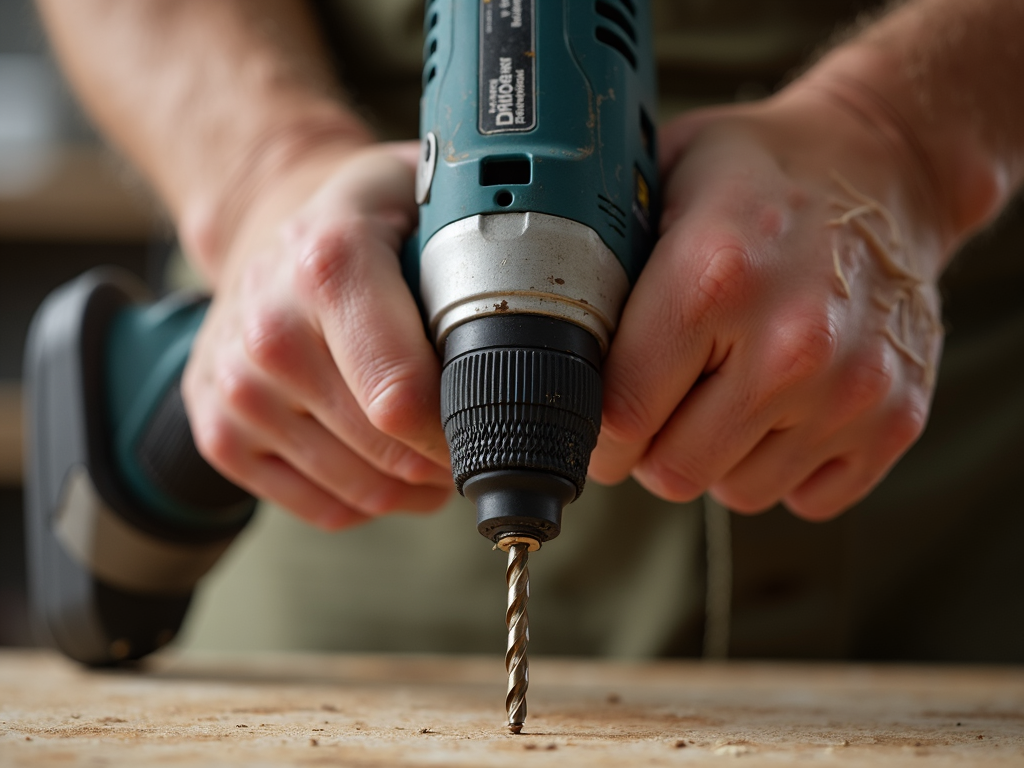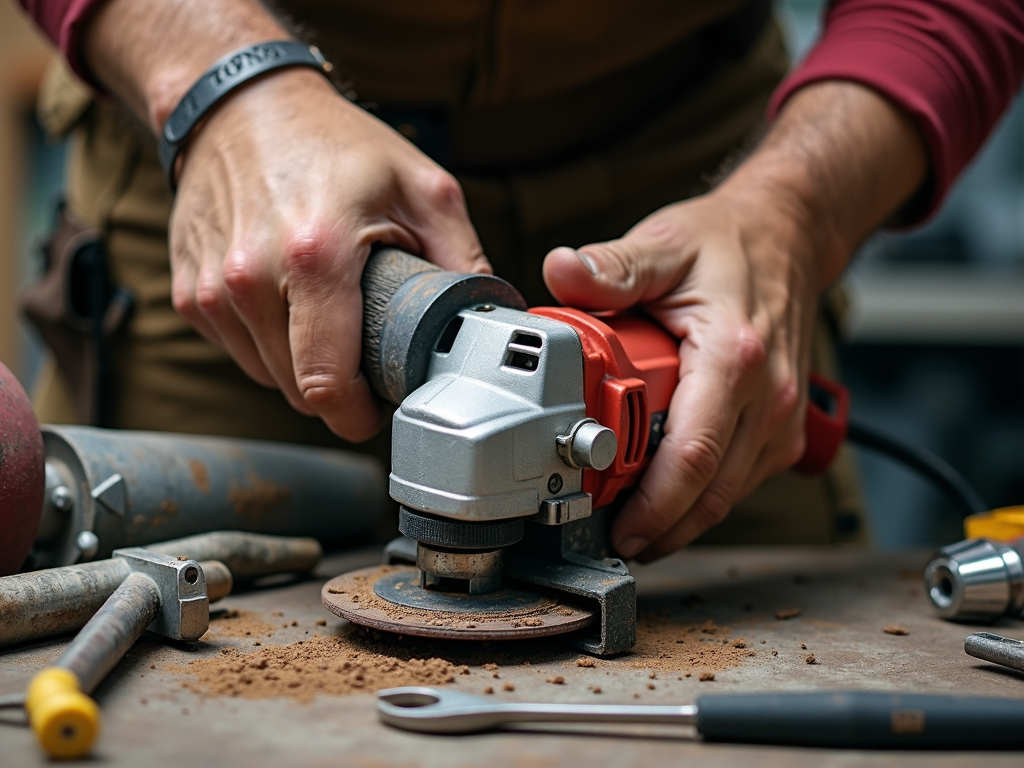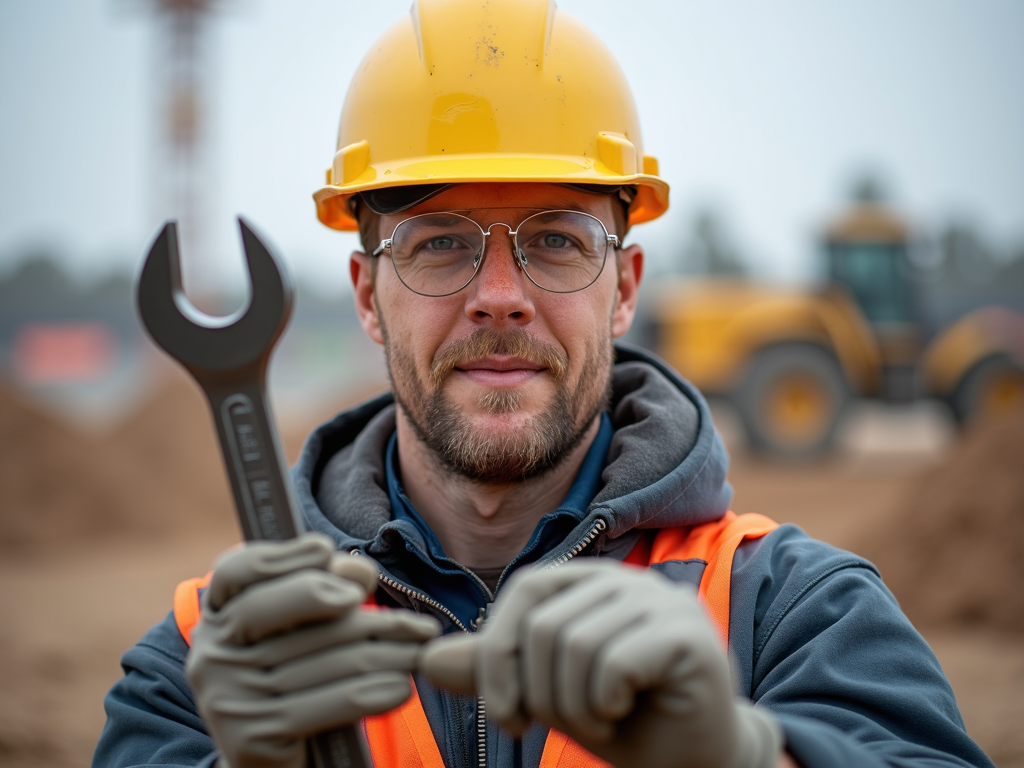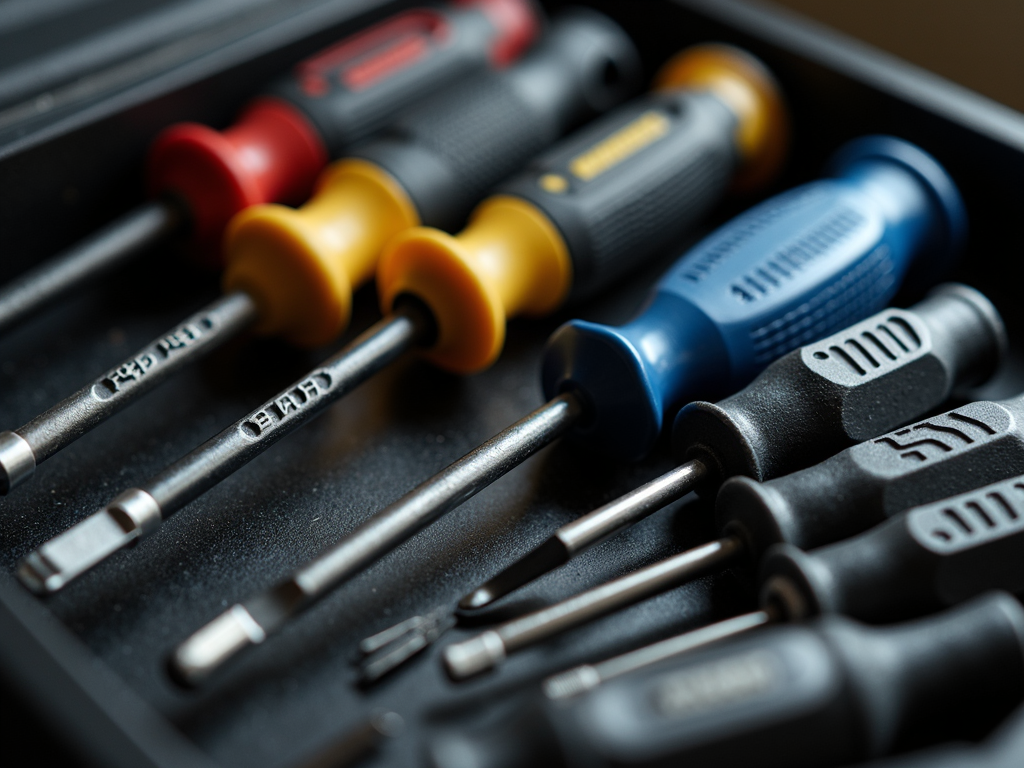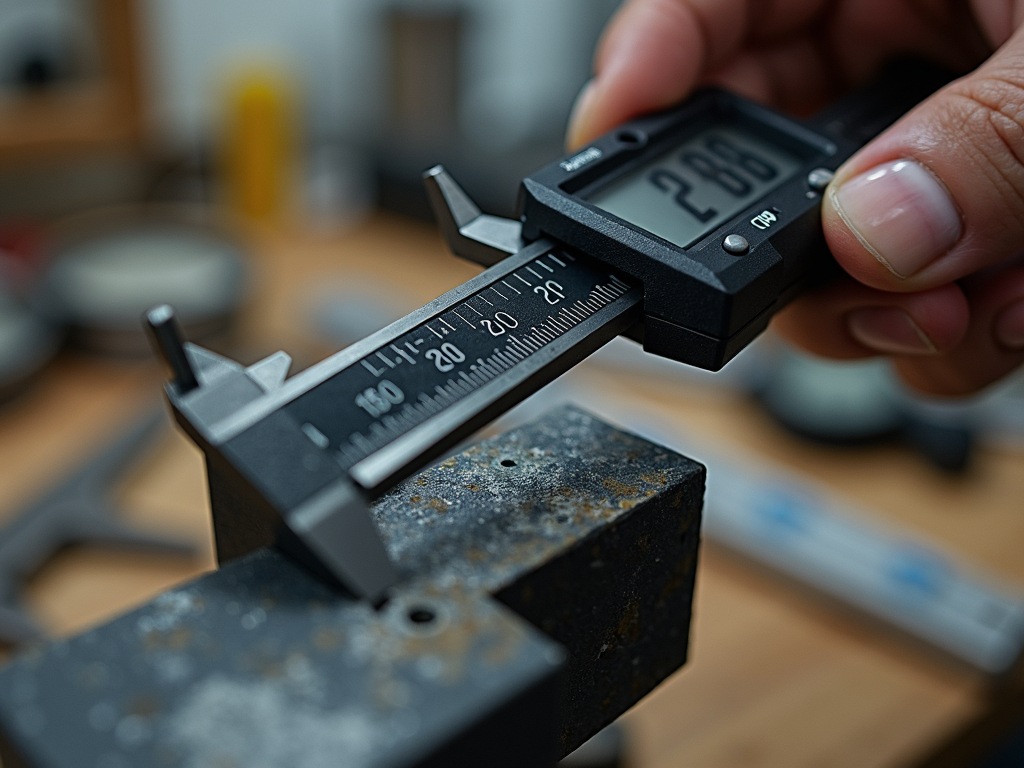Overview
Electric power washers are a convenient and eco-friendly option for cleaning tasks around the home. They offer several advantages over gas-powered models, including lower noise levels, easier maintenance, and no emissions.
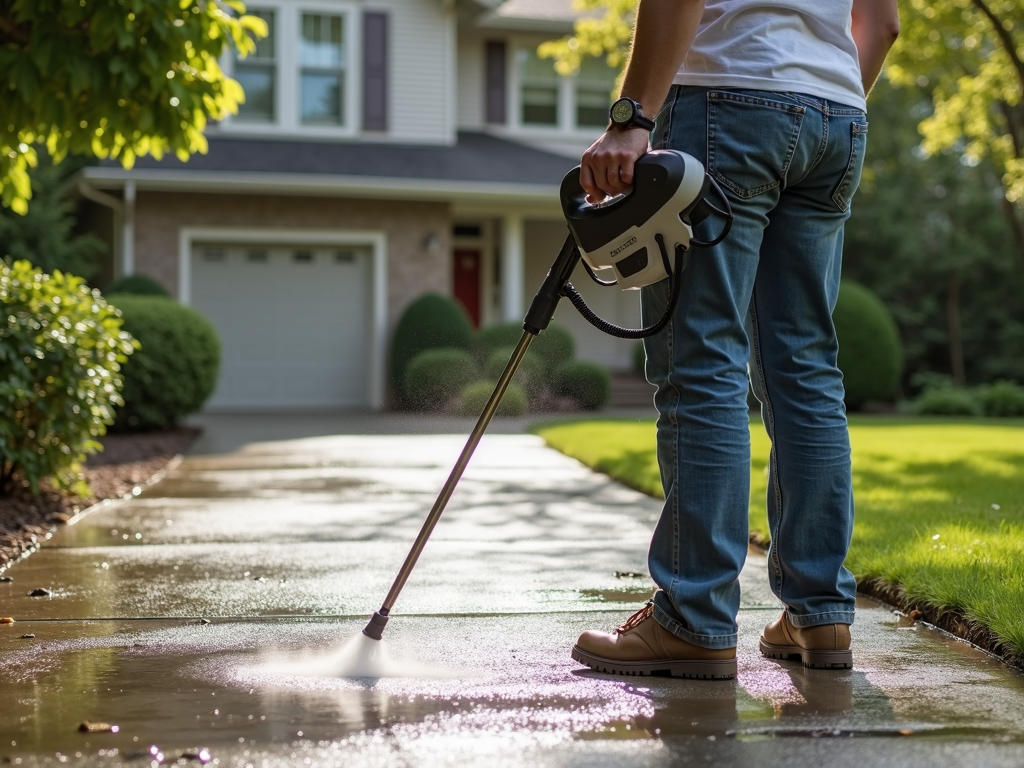
Electric vs. Gas Power Washers: Which Wins?
Electric power washers are generally quieter, lighter, and easier to maintain than gas-powered models. They also produce no emissions, making them a more environmentally friendly choice. However, gas-powered models may offer higher pressure and flow rates, making them better suited for heavy-duty tasks.
For more information on the differences between electric and gas power washers, check out this comprehensive guide from the University of California.
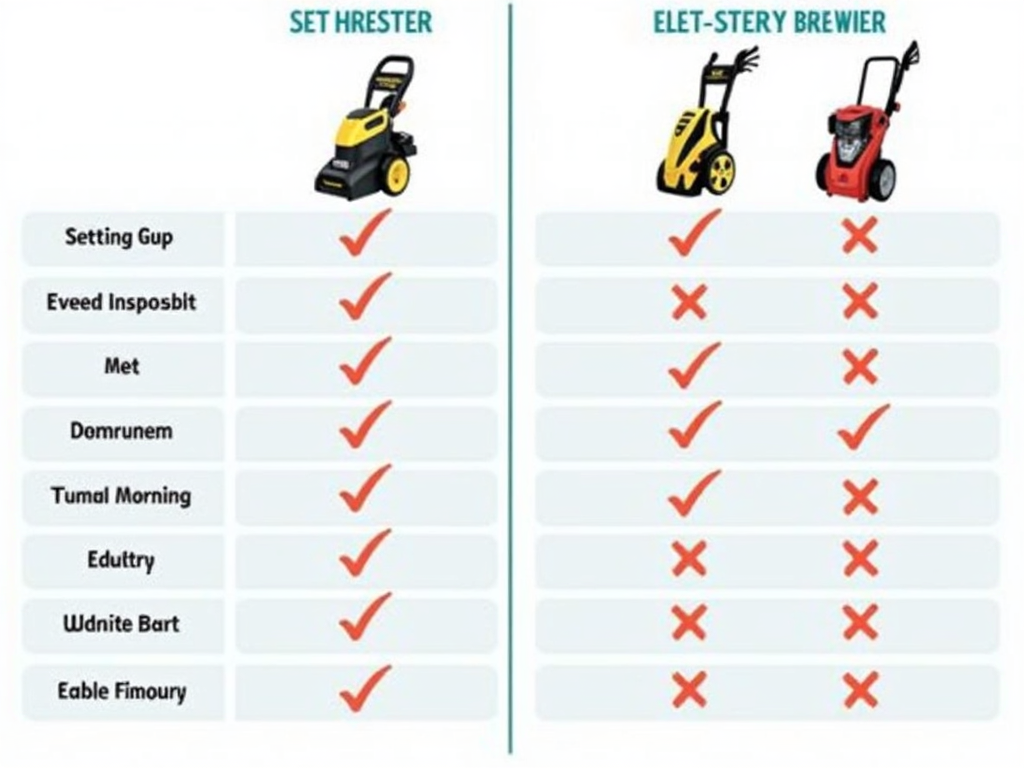
Here are the top 5 electric power washers for home use, based on their features, performance, and user reviews:
- Model A
- Features: 1800 PSI, 1.2 GPM, adjustable nozzle
- Pros: Lightweight, easy to use, great for small to medium tasks
-
Cons: May not be powerful enough for heavy-duty cleaning
-
Model B
- Features: 2000 PSI, 1.5 GPM, multiple spray tips
- Pros: Versatile, suitable for various surfaces, good value for money
-
Cons: Slightly heavier than other models
-
Model C
- Features: 2200 PSI, 1.8 GPM, built-in detergent tank
- Pros: Powerful, efficient, ideal for larger areas
-
Cons: More expensive than other options
-
Model D
- Features: 1600 PSI, 1.0 GPM, compact design
- Pros: Portable, easy to store, great for light cleaning tasks
-
Cons: Limited power for tough stains
-
Model E
- Features: 1900 PSI, 1.3 GPM, long power cord
- Pros: Extended reach, good for hard-to-reach areas, durable construction
- Cons: May require additional accessories for optimal performance
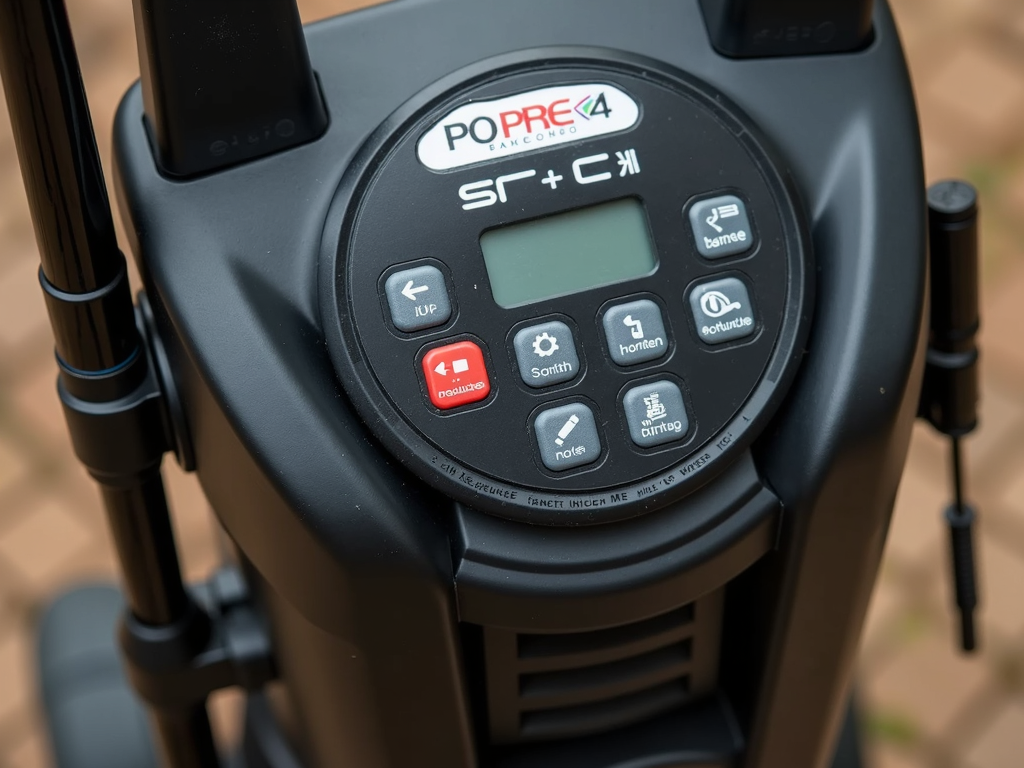
Power Washer Troubleshooting and Repair
Common issues with power washers include low pressure, leaks, and motor problems. Here are some troubleshooting tips:
- Check the water supply and ensure it's sufficient.
- Inspect the hoses and connections for leaks.
- Clean or replace the nozzle if it's clogged.
- If the motor isn't starting, check the power source and reset the circuit breaker if necessary.
For more detailed troubleshooting and repair advice, refer to this expert guide from the Power Tool Institute.
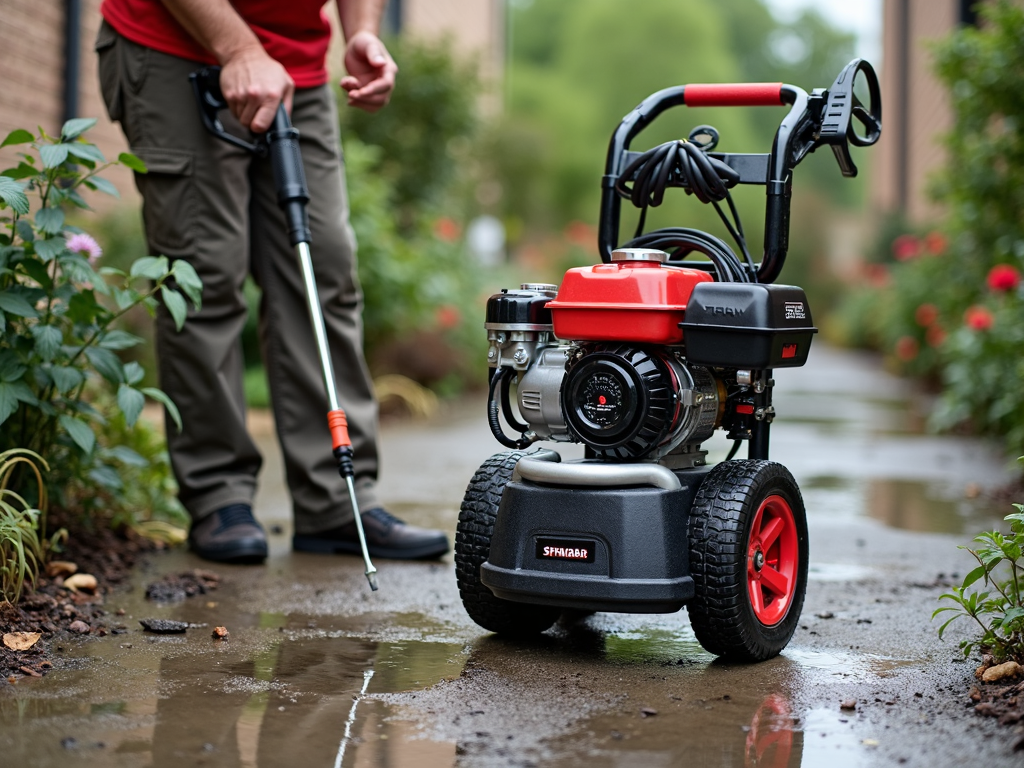
Best Practices for Using Power Washers
- Always wear appropriate safety gear, including eye protection and gloves.
- Start with the lowest pressure setting and gradually increase as needed.
- Keep the nozzle at a safe distance from the surface being cleaned to avoid damage.
- Avoid using power washers on delicate surfaces or electrical components.
For more safety tips and best practices, visit this resource from the Occupational Safety and Health Administration.

Summary
Electric power washers are a versatile and eco-friendly option for home cleaning tasks. By choosing the right model and following best practices, you can achieve professional-quality results.
Related Top 5 Electric Power Washers for Home Use:
- A Beginner’s Guide to Essential Construction Tools
- Understanding Nuts and Bolts for Repairs: A Complete Guide
- Rotary Tool Accessories and Attachments: Unlock the Full Potential of Your Power Tool
- Essential Guide to Automotive Tool Care: Tips for Extending Tool Lifespan
- Top 10 DIY Projects Using Basic Tools
- Choosing Your First Power Tool
- Power Tools for Woodworking Enthusiasts
- Advanced Techniques for Power Tool Safety: A Comprehensive Guide
- Essential Worker Safety Tips for Construction Sites
- Workman Tools: A Guide to Choosing the Right Equipment
- Essential Screwdriver Maintenance Tips to Keep Your Tools in Shape
- Calibrating Your Measuring Tools: The Ultimate Guide to Workshop Equipment Maintenance

